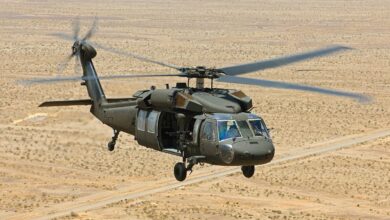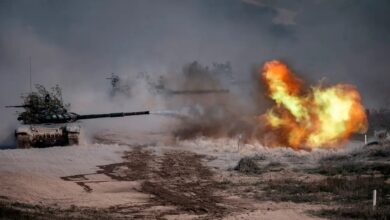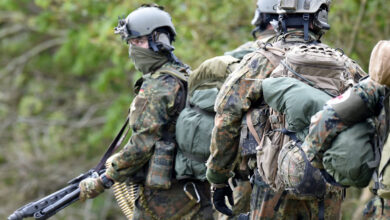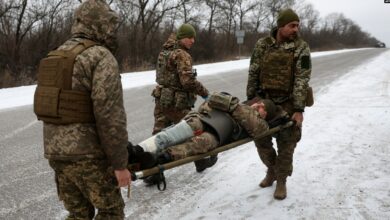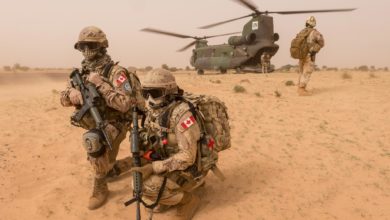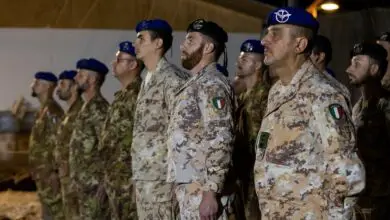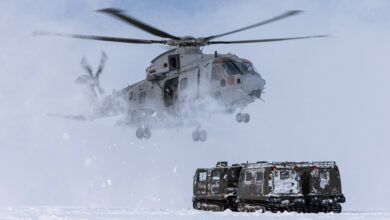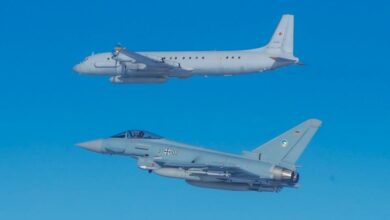NATO Allies Launch Next-Gen Rotorcraft Concept Phase
The defense ministers of six NATO countries launched the Next Generation Rotorcraft Capability (NGRC) project concept stage on Thursday.
France, Germany, Greece, Italy, the Netherlands, and the UK have dedicated 26.7 million euros ($28.16 million) to define project requirements within three years, Janes reported.
The requirements will be shaped on the basis of latest technologies available in the market such as “hybrid and electric propulsion, a systematic open system architecture, and the delivery of radically improved flight characteristics,” a NATO statement explained.
Current Fleet to Retire in 15-20 Years
Five of the six countries that launched the concept stage initiated the project in October 2020.
The NGRC aircraft will replace the countries’ rotorcraft fleet, which is approaching retirement in 15-20 years.
Initial Requirements
The medium-lift helicopter project’s initial expectations include an “optionally unmanned/remotely piloted, Modular Open Systems Approach, inclusive of the digital backbone and AI aided multi-sensor fusion.”
NATO pegged the aircraft’s maximum price at 35 million euros ($37 million) with an average flight cost not exceeding 10,000 euros ($10,500).
The rotorcraft’s lifting capacity is expected to be 4,000 kilograms (8,818 pounds), with at least 2,500 kilograms (5,511 pounds) of internal cabin payload at 80 percent fuel and a maximum mission take-off gross target weight at 10,000 kilograms (22,046 pounds)-17,000 kilograms (37,478 pounds).
The helicopter is required to transport 12 to 16 fully equipped troops weighing on average 160 kilograms (353 pounds) per person.
Range, Speed
The aircraft’s range should be at least 900 nautical miles (1,650 kilometers/1,025 miles) and endurance over five hours to eight hours with range tanks, the NATO requirements state, adding that it should be able to cruise at more than 220 knots (407 kilometers/253 miles per hour).
“This is a clear example of Nato and Allies working together to harness fast-changing technology for the benefit of our military capabilities,” NATO Deputy Secretary General Mircea Geoana said.
“By investing our resources and channeling our development through a multinational framework, we are making sure Allies will be equipped with the best available equipment.”


